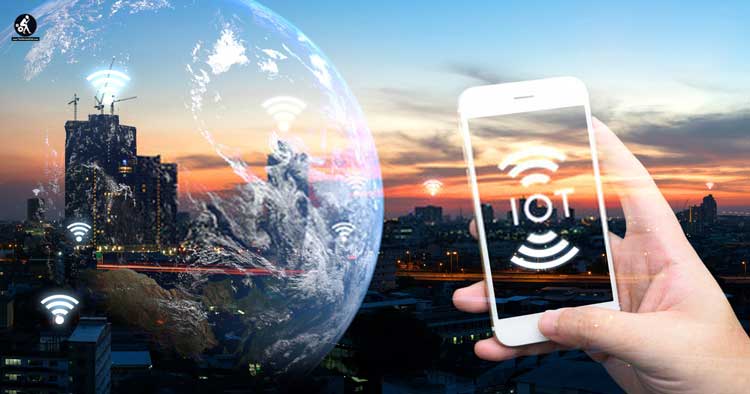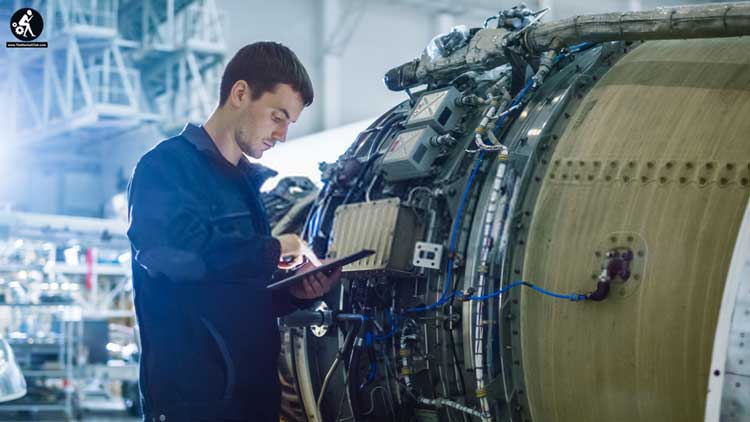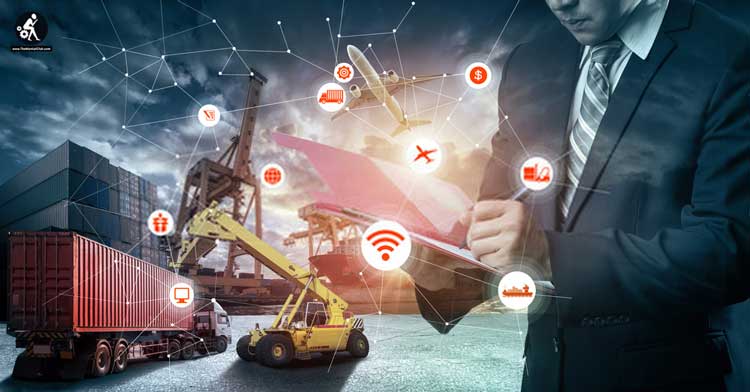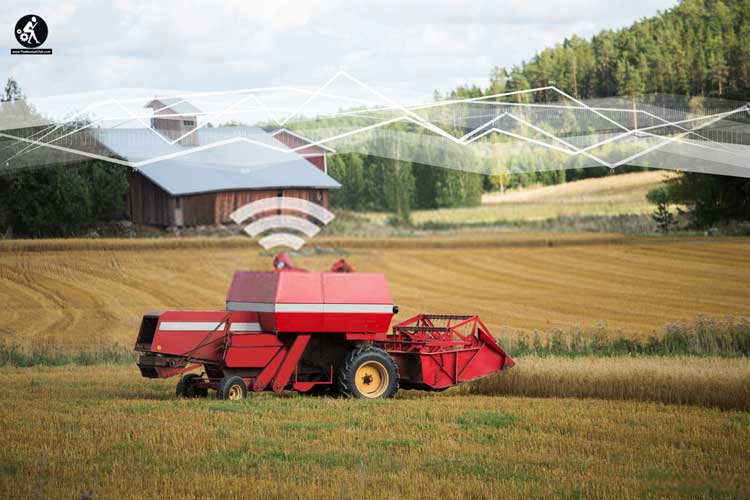It’s impossible to overstate how much the Internet has changed the world. But although some observers predicted that our virtual connections would eliminate the need for travel, the aviation industry remains a cornerstone of commerce. Instead of being a nail in the industry’s coffin, connectivity has become a powerful enhancement. This is especially true when it comes to the Internet of Things (IoT).

IoT refers to the network of smart devices that communicate with each other online but aren’t necessarily computers or smartphones. A wide range of devices that traditionally weren’t connected to the Internet now share information and functionality with each other through this network. In the home, this means you can turn on your lights with an app or have your refrigerator remind you that you’re almost out of milk. In an airport, this concept has been adopted by numerous companies to improve the efficiency of their operations and enhance service for their passengers and customers. Here are just a handful of ways in which IoT is transforming flight for everyone from pilots to mechanics to frequent flyers.
Improving Maintenance

Thanks to this technology, most modern aircraft can notify crews about mechanical problems almost as soon as they occur. Once notified, technicians can begin servicing the planes. This saves time and money, as issues can be addressed before they develop into bigger problems. This level of instantaneous communication also helps manufacturers predict and prepare for demand. Knowing when certain components are near the end of their lifespans makes it easier to maintain proper inventory levels.
Enhancing Fuel Efficiency
With real-time tracking of flights through the air, plotting and maintaining the most efficient routes becomes much easier. Pilots can receive immediate notification if they deviate from their prescribed course, which can prevent or reduce wasted fuel. Operators also get instant data about how their equipment and resources are being used. This enables them to make better decisions if they need to correct any issues.

Creating a Better Passenger Experience
Connecting virtually every aspect of the airplane and the terminal can make life easier for harried travelers. Little conveniences such as checking for available space in the overhead bins or ordering drinks and snacks from their seats becomes a seamless experience when all onboard systems are communicating with each other.
Delivering Cargo and Luggage With Accuracy
RFID tagging means every parcel, crate or piece of luggage can be tracked with near-perfect accuracy throughout their journeys. Whether a customer is waiting for an important shipment or a passenger is worried about losing his or her bags, the updates these systems provide can give them peace of mind. It also means travelers may not need to wait as long at the baggage carousel because they can get a text message once their bags emerge from the cargo hold.

Far from spelling the end of the aviation industry, the Internet has become one of its most important tools. Connecting everything from planes to luggage carts gives airports and airlines greater control over their operations and improves the service they offer.
Author bio: Allen Jones is Chief Operating Officer of National Aero Stands, a world leader in engine stand leasing — founded with the purpose of providing aircraft engine transportation stand support. Jones, who has more than 20 years of experience in the industry, currently oversees daily business and leasing operations.
Sources:
https://www.iotforall.com/what-is-iot-simple-explanation/
https://aero-space.eu/2019/12/15/iot-expected-to-reshape-aviation-industry/
https://internetofbusiness.com/10-real-life-examples-iot-aviation/
https://w3.accelya.com/blog/5-great-ways-airlines-are-using-the-internet-of-things



































Comments are closed.